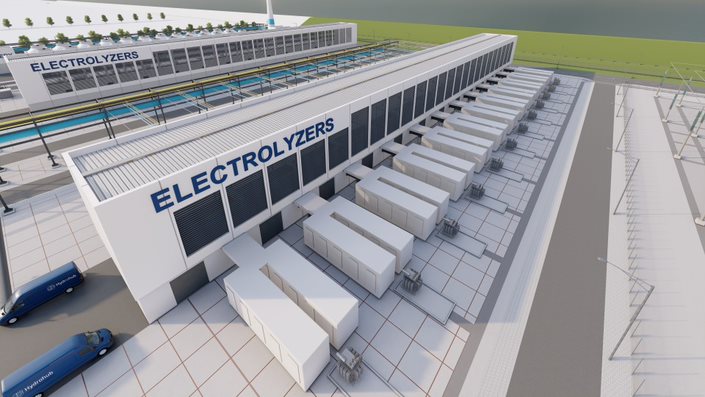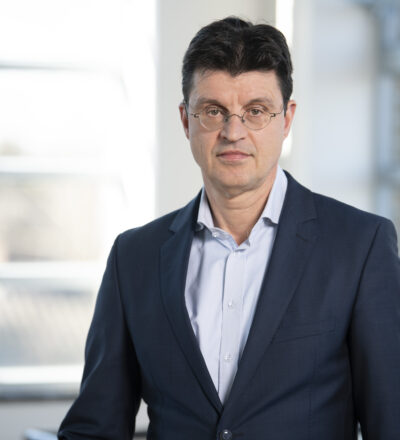To meet the CO2 emission reduction goals from the Climate Agreement, we need large-scale production of green hydrogen through water electrolysis. In the process industry safety aspects of fossil-based hydrogen production is well-known, but there is limited experience with large-scale water electrolysis.
In short:
- There is still limited experience with large-scale water electrolysis
- How can industry, authorities and society aim for zero incidents?
- This project will develop a uniform safety approach and increase awareness of safety for industrial scale electrolysis plants
The knowledge-gap
Today electrolyser suppliers, operators and owners have limited operating experience with safety aspects related to large scale water electrolysis installations. Only small-scale installations exist whereas these large-scale installations are becoming reality soon. Therefore, all partners wish to further advance all related safety aspects and develop a uniform safety approach for large-scale water electrolysis plants.
One question is, for example, how to objectively assess scenarios with exceptionally low probability and high potential consequences (black swans) and how to determine cost-effective safety measures to address these. Therefore, there is a need to further develop joint safety practices and guidelines based on credible scenarios for large-scale plants. It is also important to communicate about safety risks transparently.

What is the potential risk?
In this project, we want to deepen the understanding of the potential risks of explosions due to mixtures of hydrogen and oxygen in electrolysis equipment. The tools, methods and data for assessments of these risks, which typically have a low chance of occurrence but may have severe consequences, will be investigated. The project provides credible scenarios and facts on the fundamentals of explosions and the validity of detonation.
The focus is on an objective risk assessment methodology regarding fire and explosion risks with oxygen and hydrogen mixtures in equipment. The development of consistent assessment methods covers failure frequencies and consequences, including data on delayed ignition and detonation, leading to corresponding safeguarding and appropriate safety distances.
Developing safe water electrolysis
Based on these insights, the project team compiles best practices for inherent safe design and guidance for hazard assessment and risk mitigation. The project will also deliver a roadmap to validate the findings with experimental data.
This project is initiated with our consortium partners HyCC, Ørsted, Shell, Yara, DNV, RHDHV and TNO.
Interesting reads on Hydrogen
- Launch of the Green Ammonia Innovation Platform
- How to meet the Green Hydrogen demand of the future?
- 10 years of hydrogen: 3 highlights that involved ISPT
Our join our Hydrogen LinkedIn-community.
You might also be interested in
Acknowledgement & partners
This project is co-funded by TKI-E&I with the supplementary grant 'TKI- Toeslag' for Topconsortia for Knowledge and Innovation (TKI’s) of the Ministry of Economic Affairs and Climate Policy.












